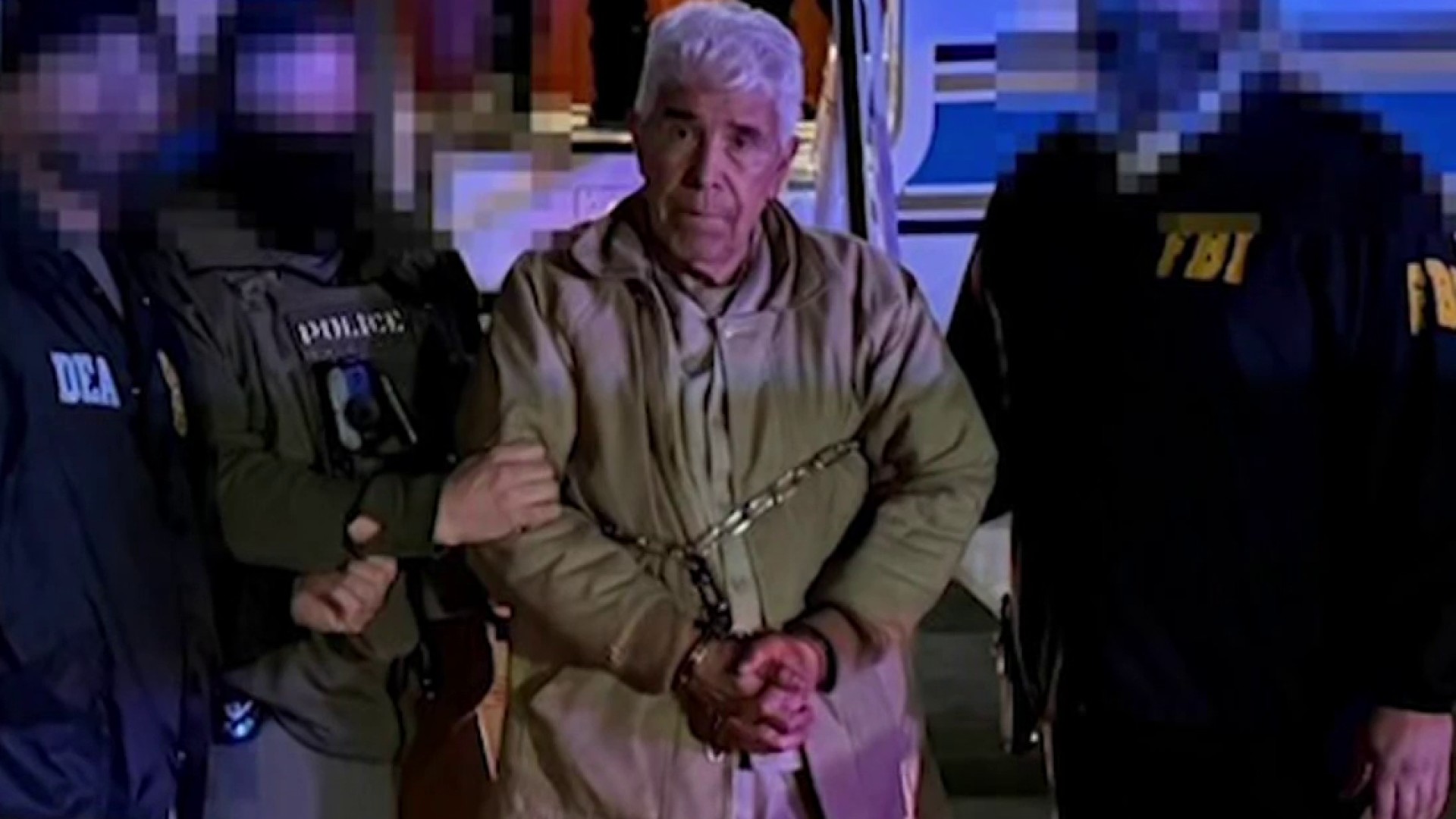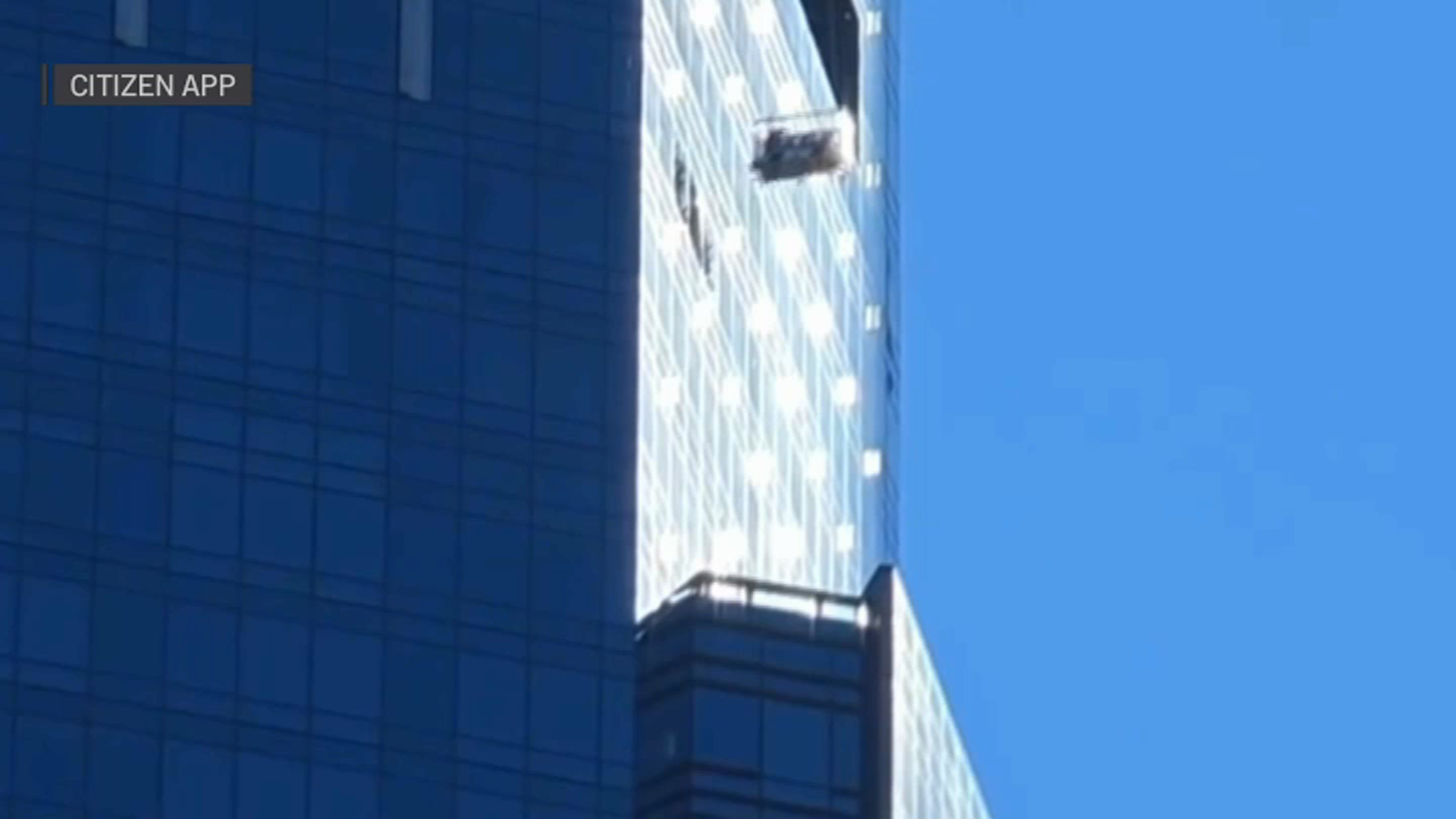Sewage stops leaking into the Hudson.
Raw sewage has stopped spilling into New York's Hudson River after pumps at a wastewater treatment plant began working again.
A spokesman for New York City's Department of Environmental Protection says untreated discharges stopped at about 9:30 p.m. Friday.
The DEP's Farrell Sklerov says workers are trying to stabilize the repairs at the plant.
Department of Environmental Protection Commissioner Caswell Holloway said at a Friday afternoon briefing that the pumps were handling all of the incoming flow, and sewage that had been stored in the system was being reduced.
He estimated that some 200 million gallons have leaked into the Hudson River, spreading into other waterways, since Wednesday when the plant was damaged by a four-alarm fire and sewage began flowing into the water.
Pollution advisories are in effect at three beaches on Staten Island and one in Brooklyn. They're not closed, but the Health Department cautions against swimming and bathing at Sea Gate Beach in Brooklyn, along with South Beach, Midland Beach and Cedar Grove Beach in Staten Island.
Dozens of die-hard swimmers at South Beach dismissed the warnings, plunging into the cool waters on Friday.

"If it was really that much of a health risk, why don't they shut down the beach?" said Toni Thompkins, 25, holding her 1-year-old daughter Jasiah.
Anthony Moutos, 26, went in up to his waist.

"That was about it, that's the most I'm gonna go," he said.
The no-swim advisories were particularly ill-timed, as the mercury climbed beyond 100 degrees, breaking records around the region.
Holloway, the DEP commissioner, said that the primary treatment of the wastewater, along with the application of chlorine, is back online. A secondary process that uses bugs to digest bacteria in wastewater will take longer to get back up and running, he said, because the organisms have all died since the fire.
He could not give an estimate for when the plant would be running as normal.
Local
"This is still very much a recovery operation that is underway," he said.



